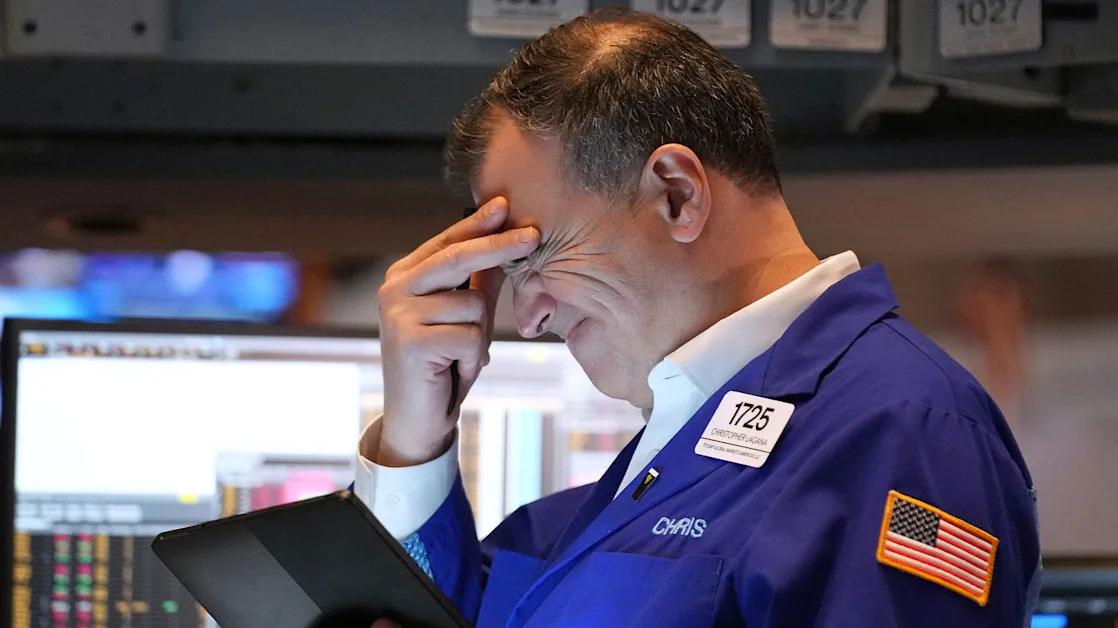
Stocks close out their worst quarter since 2022 amid tariff uncertainty
Two of the three major U.S. stock indexes just wrapped up their worst quarter in well over two years. The third barely avoided the same fate.
The S&P 500 dropped more than 4.5% for the first quarter of 2025 as of Monday’s close, and the tech-heavy Nasdaq plummeted 10.4%. The Dow Jones Industrial Average settled 1.3% lower and recorded its first back-to-back monthly loss since October 2023.
The declines on all three indexes come days before President Donald Trump is set to unveil a new slate of wide-ranging tariffs, extending ongoing trade policy turmoil that has kept investors guessing for months.
The broad-based S&P 500 fell briefly into correction territory Monday, meaning a 10% slide from its last high. The index regained some ground late in the day, but not enough to dodge its worst monthly percentage drop since December 2022.
The index’s first-quarter stumbles ended a streak of five straight winning quarters, while the Nasdaq wiped out more than half of last year’s gains over the last three months. Amazon, Apple, Microsoft, Alphabet, Nvidia, Tesla and Meta, known on Wall Street as the “magnificent 7,” have lost more than $2 trillion in market value collectively since the start of the year.
The last time U.S. markets stumbled as badly was in the middle of 2022 after Russia’s late-February invasion of Ukraine, shocking the global economy as Western nations hit Moscow with severe sanctions and commodities like oil and grains shot up in price.
The first quarter of this year saw geopolitical upheaval of a different sort, as investors have struggled to digest the series of major U.S. policy changes since Inauguration Day. The quarter marked the S&P’s worst performance versus the rest of the world since 1980, according to Dow Jones — at a time when a number of foreign stock markets have surged .
The Euro Stoxx 600 index, which tracks companies across 17 countries, has risen 5% to start the year as the S&P 500 dropped by roughly the same amount. In fact, the Stoxx 600 has just had its best quarter against the S&P since 2015, according to FactSet data. The U.K.’s FTSE 100 also rose more than 5% in the same period. The MSCI China index, a benchmark of 580 Chinese stocks, ended the first quarter up 16%.
Markets overseas have popped for a range of reasons, with some but not all related to the Trump administration’s actions. The European Union and U.K. have taken steps to trim regulations and hike military spending in response to White House moves, boosting shares of defense companies in both places and helping power markets there overall. In China, the strong performance has been more a reflection of local factors, including economic stimulus and enthusiasm around home-grown AI startups.